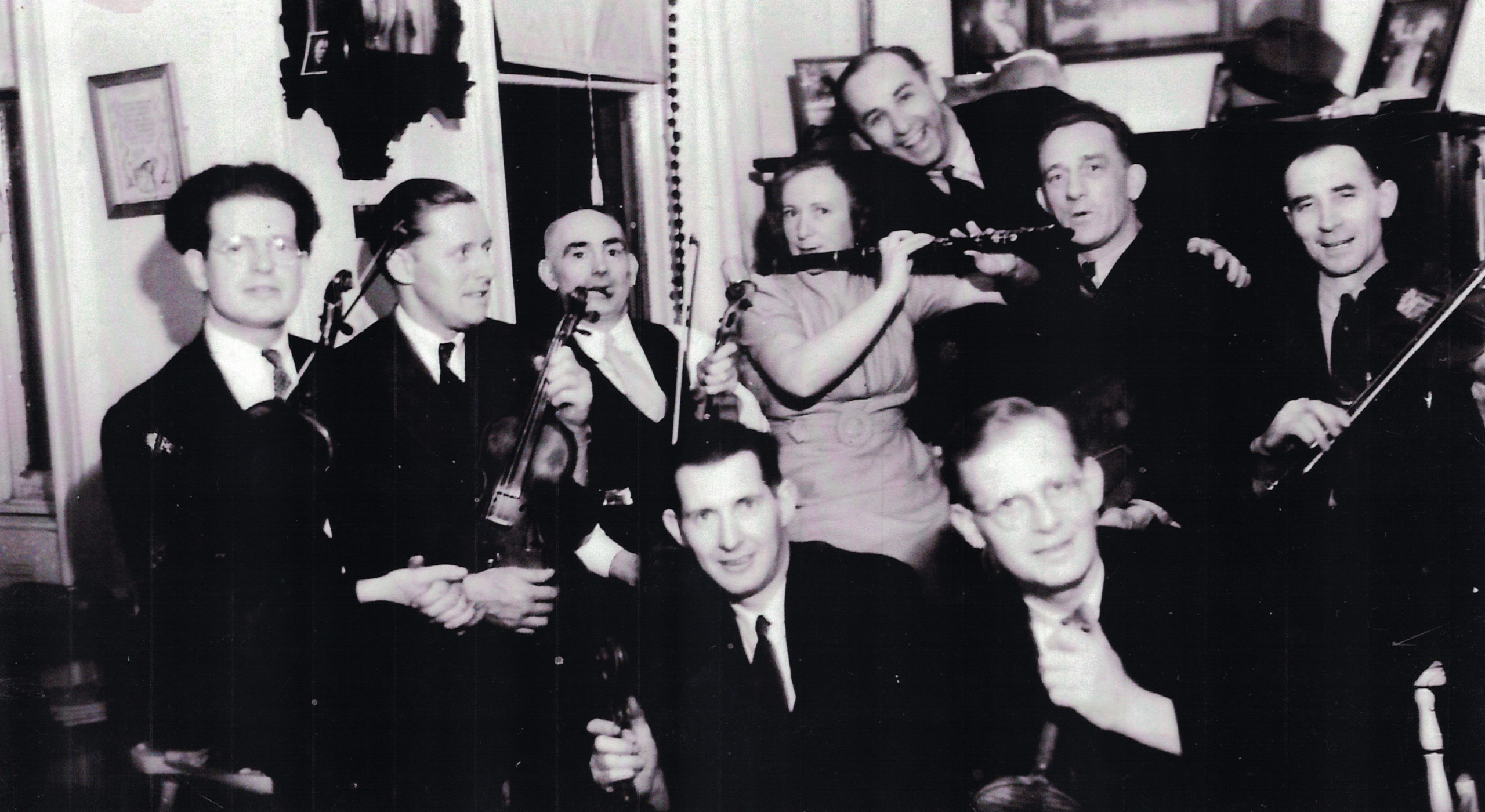
1940s–1960s

As America emerged from World War II, New York City seemed as Irish as ever. Even as upwardly mobile Irish-Americans began their long exodus to the middle-class suburbs, new immigrants from Ireland’s depressed economy helped maintain the five boroughs’ Hibernian character. On 1st January, 1946 Mayo native Bill O’Dwyer was inaugurated as New York City mayor. O’Dwyer’s rags-to-riches rise was emblematic of a period, to use the title of Terry Winch’s song, “When New York Was Irish.”
Irish traditional music was in retreat from the prominent position it occupied in the pre-war years. But it was, nevertheless, central to an enthusiastic minority within the New York Irish community with dancehalls at Jaeger House, the Tuxedo Ballroom or the Caravan in Manhattan or the Star o’ Munster in the Bronx, where modern American dances were enjoyed alongside the ”Stack of Barley” or a Clare set.
Traditional music lovers in New York supported music and dance teachers, multiple musicians’ clubs and well-attended feis competitions. Fiddlers James Morrison, Hugh Gillespie and John McGrath were among the “professors” conducting classes for hundreds of youngsters whose parents wanted the next generation to play the fiddle or button accordion.